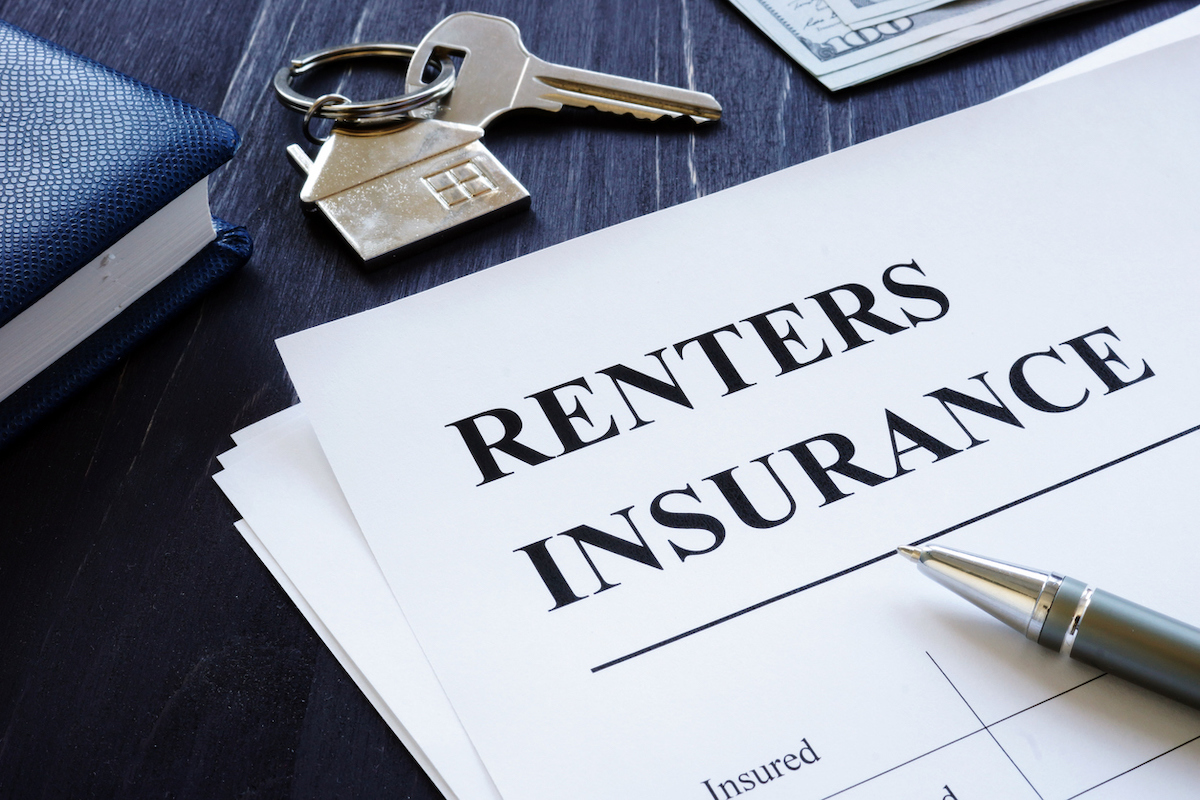RELATED: Never Do This When You Get a Medical Bill, Experts Warn. When you rent a house or an apartment, your landlord’s insurance will only cover the costs of repairing your building when a disaster occurs, the Insurance Information Institute (III) explains. This is why many people turn to renters insurance, which helps protect your personal belongings in these situations. According to the III, renters insurance “covers you against losses from fire or smoke, lightning, vandalism, theft, explosion, windstorm and certain types of water damage (such as from a burst pipe or when the tenant upstairs leaves the water running in the bathtub and floods your apartment).” However, most renters insurance policies do not cover floods, per the III. Instead, you have to purchase separate flood coverage to protect from this type of disaster. Not having flood insurance could cost you thousands, experts warn. The Federal Emergency Management Agency (FEMA) requires that some people in high-risk flood areas have flood insurance, but Allstate says that even if you live in a moderate or low-risk area, you may want to consider buying this type of insurance. FEMA says that floods can happen anywhere, and just “one inch of floodwater can cause up to $25,000 in damage.” According to Allstate, flood insurance may provide up to $100,000 in coverage for belongings damaged by a flood, helping pay to replace items like furniture, electronics, and clothing owned by the renter. RELATED: For more useful information delivered straight to your inbox, sign up for our daily newsletter.ae0fcc31ae342fd3a1346ebb1f342fcb Hurricane season officially started on June 1, so the time to buy flood insurance is now. According to the National Weather Service (NWS), hurricanes often come with heavy rains, which can cause flooding. “This flooding can persist for several days after a storm has dissipated,” the NWS says. According to the U.S. Geological Survey (USGS), many hurricanes have caused historic flooding in the U.S. over the years, like Hurricane Dorian in 2019 and Hurricane Sandy in 2012. And the risk may be even higher this year. Experts from Colorado State University expect an “above-normal probability” for hurricanes hitting the U.S. in 2021. They estimate eight hurricanes and 18 named storms this year—when the typical average hurricane season only produces 14 named storms. You won’t want to wait until a disaster is on its way. According to FEMA, there is typically a 3o-day waiting period for your flood insurance to kick in–which means you won’t be covered during that time. And even if your area isn’t usually hit by floods or hurricanes, that could change. Amy Bach, the executive director of United Policyholders, a consumer advocacy agency, told The New York Times that properties near the coast are no longer the only places at risk from flooding due to climate change. “Don’t assume if your area hasn’t flooded before, it won’t now,” she said. “We’re in a new era.” RELATED: This Is How Much Money People Your Age Make in Your State, Data Shows.
